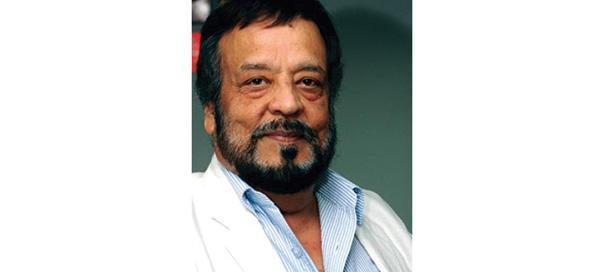I am back after a journalistic journey in the USA including appearances as a political analyst on TV shows, and it seems the quality of electronic journalism here has somewhat deteriorated over the past 15 years. Take the coverage of Narendra Modi’s recent statements, for example.
Perhaps that is why he did not give his first interview after his elevation in the Bharatiya Janata Party to any Indian TV channel or newspaper, but to Reuters, a foreign wire service. Almost every TV channel and newspaper jumped on to his remarks about the 2002 Gujarat riots, that even if a puppy accidentally came under the wheels of his car, he would feel the pain, regardless of whether he was driving the car or not. But they ignored the real meaning of his remarks when he said that he didn’t have to express regret over the killing of Muslims in the riots, because at the time, his government used “full force” to do the “right thing”.
So it is not rocket science for a journalist to interpret what a leader is saying and what he or she is not saying. My training in journalism had a lot of emphasis on judging — honest, wise and unbiased about what the subject of an interview was not saying, but implying. But you need razor sharp analytical skills and in depth background information for such incisive analysis.
So in my humble opinion, what Modi was saying was this: he does not have to say sorry for the riots because what he did was “the right thing”. What he did not say was that he cannot say sorry because if he does, he will lose a huge vote bank of Hindu extremists who, like him, also call themselves Hindu nationalists.
Then in the Reuters interview, he also said there is “nothing wrong” in saying that he is a Hindu nationalist because he was born a Hindu. But he didn’t say that although he was born in India, and could call himself an Indian nationalist, he prefers to be called a “Hindu nationalist” because it can bring him more votes. And since he made those remarks right after he became the head of the 2014 election campaign, we can safely interpret it as a challenge to his opposition, within the party and also outside the party. In short, what he is saying is ‘just wait until my victory in the 2014 elections and then everyone will realize that I was right’.
It is also clear that if at this point he changes his position, he is bound to lose the support of the RSS, which helped him gain absolute control of the BJP by pushing senior founding leaders such as LK Advani to the sidelines.
By adopting this position at a time when he is being subtly projected as the BJP’s prime ministerial candidate, Modi is clearly telling the minorities to accept his terms if they want to feel included in a Hindu nationalist country with a huge Hindu majority. He wants to use the fear factor to whip the minorities to vote for his party. So from what Modi is openly saying and what he is implying by his silence on some of the relevant questions, it is crystal clear that he thinks his “Gujarat model” can be good for the entire country.
We as journalists must understand that he has two “Gujarat models” — one for development and the other for dealing with minorities. So when he talks about the “Gujarat model” being good for the entire country, he may be talking about both models.
What Modi’s blind ambition for the country’s top job is preventing him from realizing is that the same experiment failed very badly in the 2004 parliamentary elections. It was proved beyond doubt that moderate Hindus, coupled with the voters of the minority communities, simply outnumber hardline Hindus.
Therefore, to notice what is not being said; to ask meaningful “follow-up” questions and do insightful journalism, young reporters need proper training. But it seems that, despite having more than 250 media institutes, India still has a huge need for good and credible media training centres where visiting professors from countries like America can teach young Indian students how to practise responsible and incisive journalism, with proper background research and perspective.
Reporters covering Modi’s campaign should also study the election results in other democracies of the world. Once they do, they will realize that today’s voters do not want political leaders to take extreme positions on any issue, especially religion, so that they can easily join hands with other parties to form moderate coalitions. This is because a majority of voters worldwide are below 35 years of age —just as it is in India — and they don’t like their leaders to use “politicized religion” to incite passions and gain votes. They hate any kind of discrimination based on religion, class, caste or creed. They want all of us to work together for the benefit of humanity. It is in this perspective that the Indian media should have interpreted the recent remarks made by Modi.
(Author/analyst Ravi M. Khanna is a New Delhi-based journalist and commentator)
Feedback: ravimohankhanna@gmail.com























